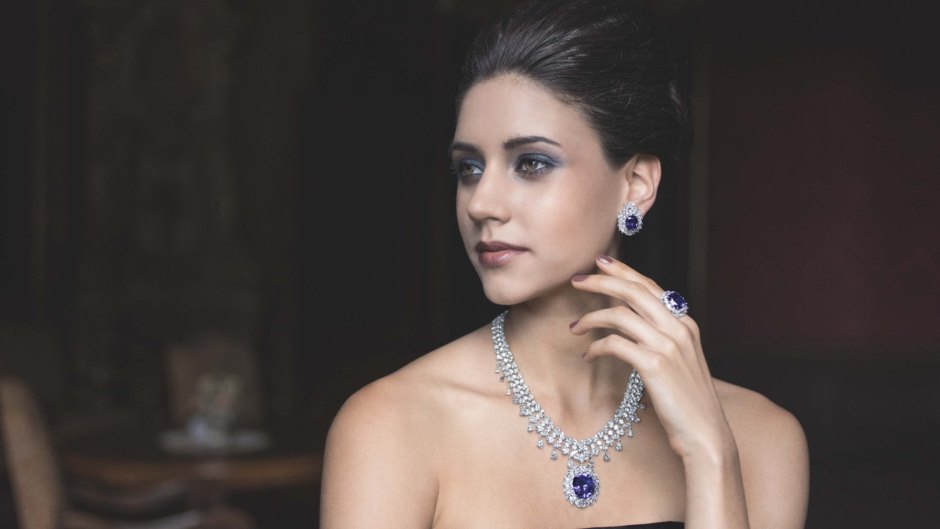
Courtesy Image
Ciro Jewelry Changes the Diamond Jewelry Paradigm with Cubic Zirconia
Written in partnership with Thomas Herd, founder of T1 Advertising.
Hermes could manufacture as many Birkins as needed to meet the demand, Rolex could do the same with stainless-steel Daytona, the world’s largest diamond producer could flood the market with gemstones bringing the price down, and—alas—its margins. Luxury items manufacturers masterfully manipulate the market according to the law of scarcity, making sure the demand stays high and supply low. This economics adage is especially true of diamonds; people buy them only if the benefit of having one outweighs the cost associated with getting it. As a result, a diamond’s value is not as much in its beauty as it is in its rarity. The “invention” of a diamond as a symbol of romance, long-lasting love, and commitment is attributed to De Beers, the diamond monopoly for several decades before the Russians snatched a sizeable market share in the 1990s undermining their domination. In the mid-20th century, De Beers was responsible for introducing the culture of proposing with a diamond ring. The long-lasting effect is that today 75 percent of American brides sport a diamond engagement ring averaging a whopping $4,000.
Due to economic and ethical reasons, diamonds—both mined and artificial–have been steadily giving way to their almost identical twin, cubic zirconia. Discovered in the 1920s, cubic zirconia started to make inroads into the diamond market in the 1970-80s. It is practically similar to the diamond in clarity and brilliance and only inferior to it in durability. The CZ has an undeniable appeal since it is free of any sustainability and ethical concerns being 100-percent conflict-free and immeasurably cheaper. Ciro Jewelry, a company with over a 100-year history, an immaculate pedigree, and a tradition of manufacturing the highest-quality costume—or fashion— jewelry, is famous for its cubic zirconia collections that cover the broadest range of fashion needs. From elegant yet dressy Black Tie to easy-going and flashy Cocktail and delicate and emotional First Love collections, Ciro covers all the bases.
Ciro’s first store opened in London in 1917 to trade in imitation pearls. Its Wilshire Boulevard flagship boutique in Los Angeles was popular among the flashy Hollywood crowd. The company saw its rebirth in 2006 when following a series of ownership changes; new stores opened in Austria and Germany. Ciro’s online store and its brick-and-mortar stores offer exquisite fashion jewelry made of AAA grade Cirolit—Ciro’s proprietary name for CZ— nanoglass, increasingly popular lab diamonds, corundum, and the mystique moissanite. All Ciro collections are eye-catching and can easily compete with such big names as Chopard, Cartier, and Escada in style and allure. Ciro, however, has two significant advantages—sustainability and affordable prices without compromising on luster and appeal. To learn more about Ciro, visit their website or follow them on Instagram.





































